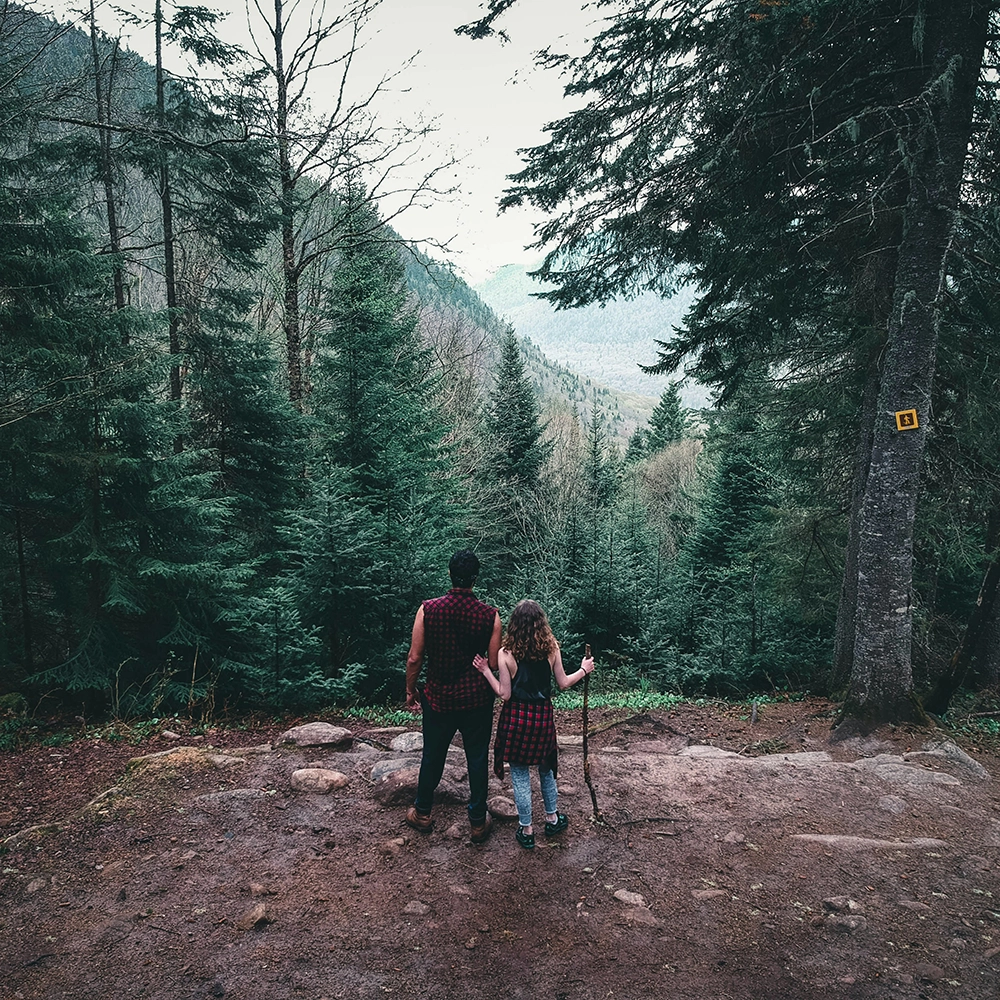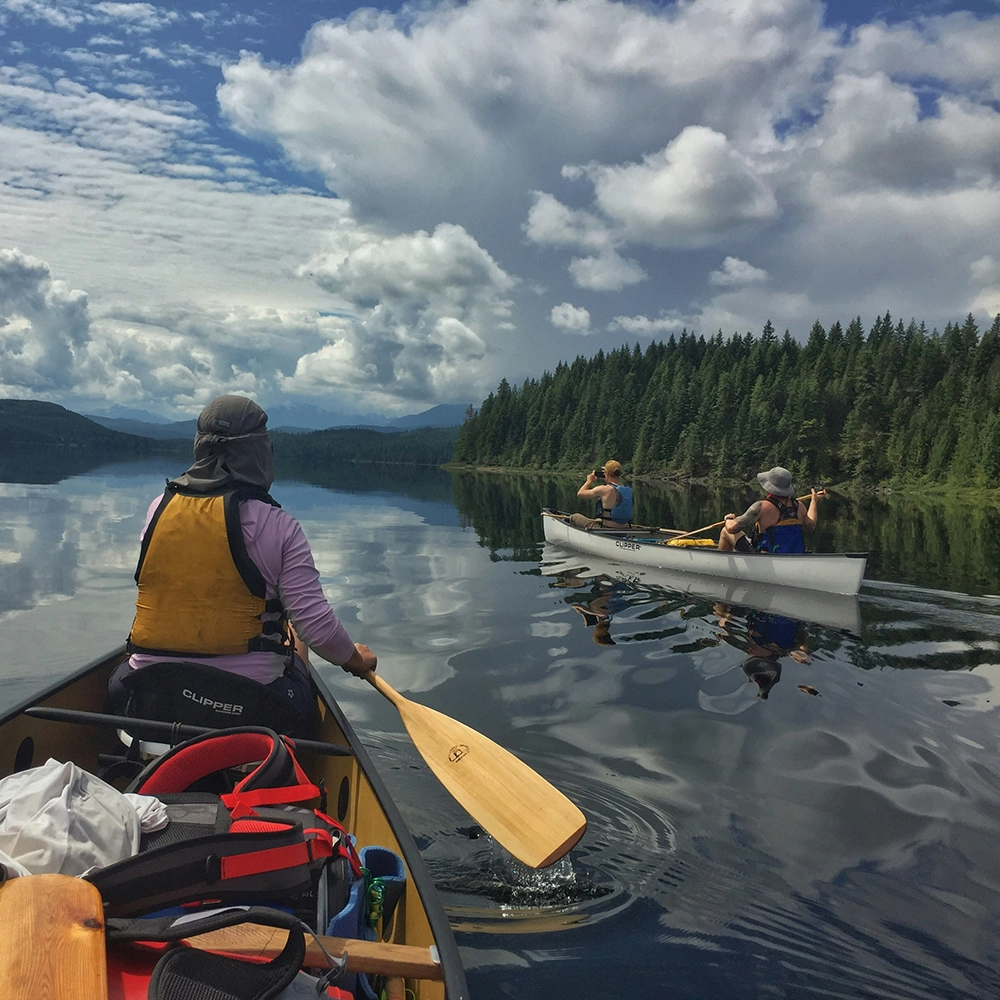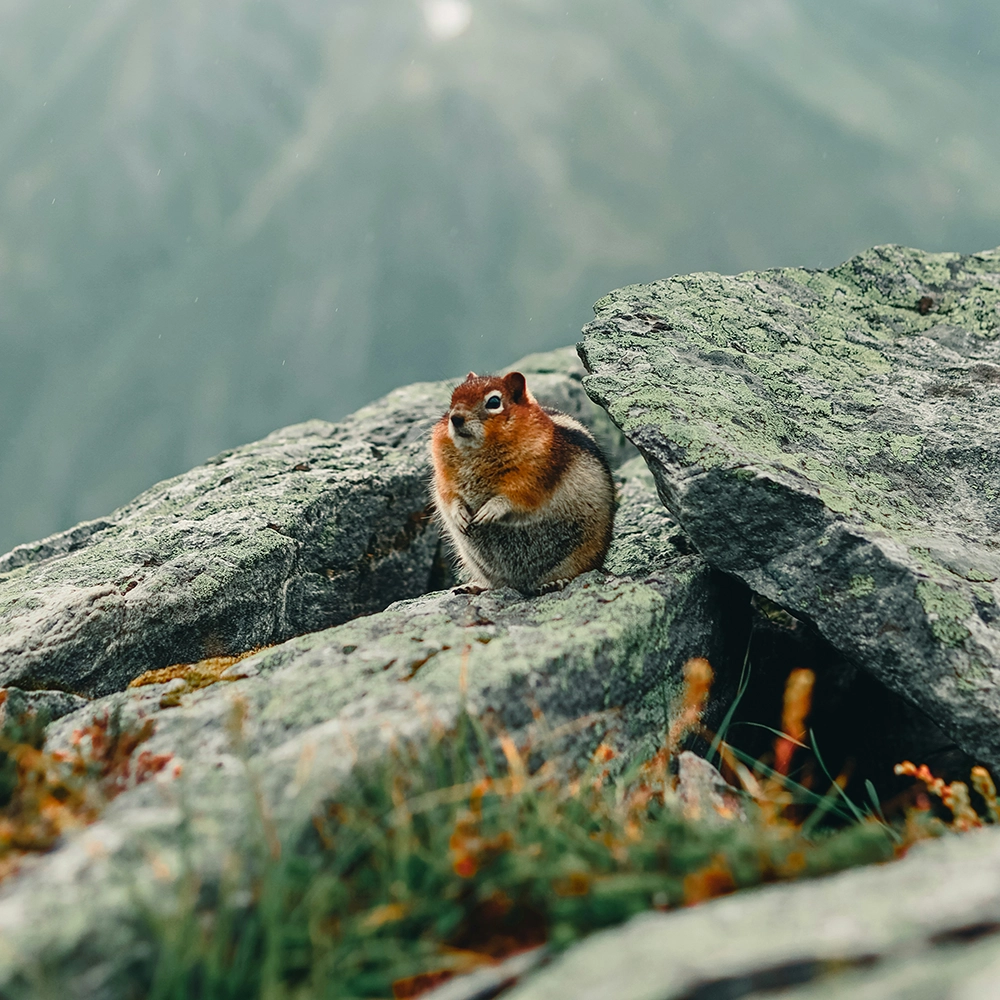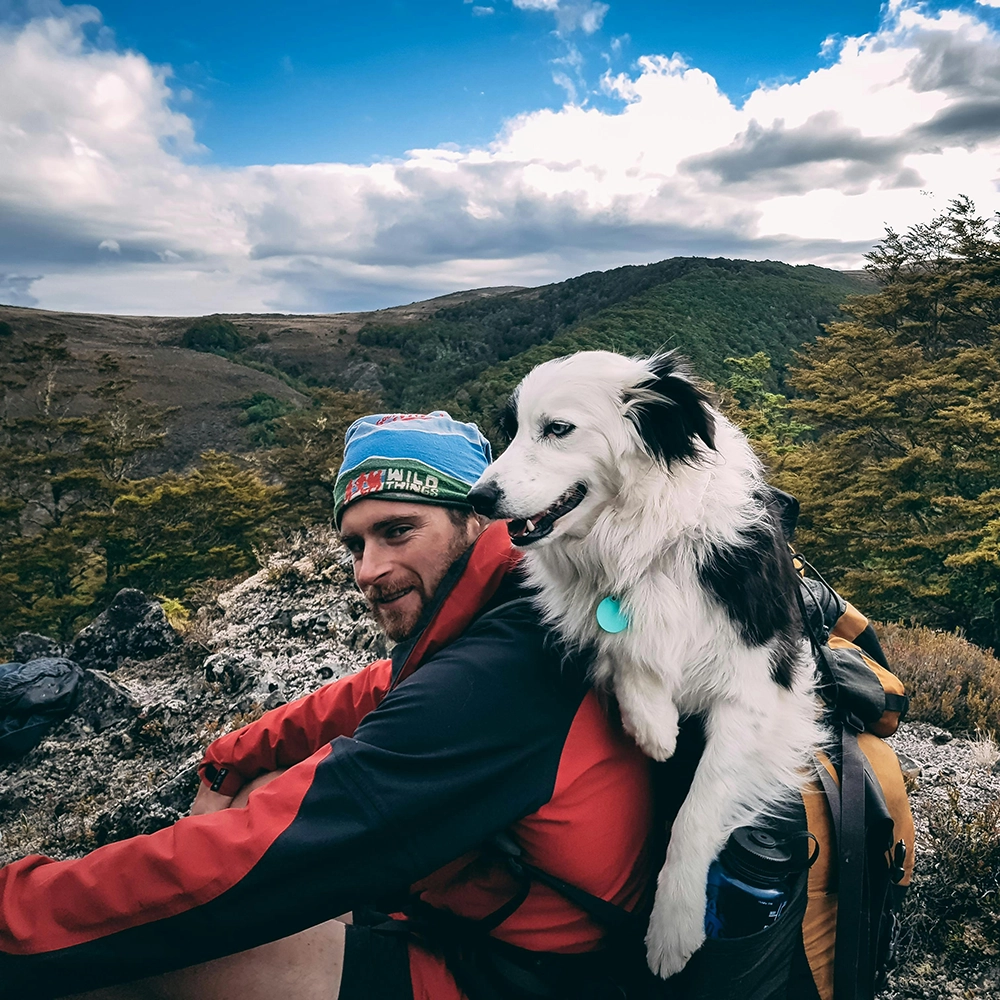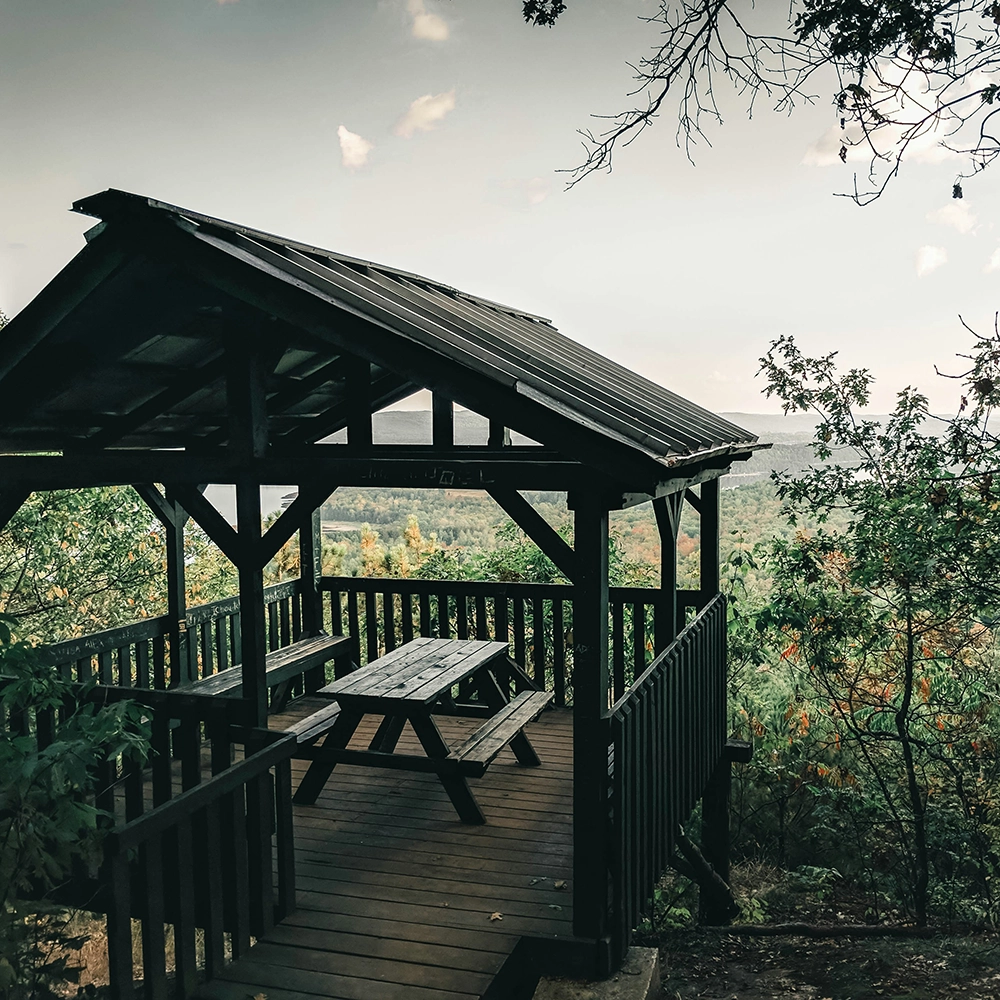Being a responsible tourist means many things, especially when it comes to visiting our valuable parks. Here are 13 ways you can help protect our national parks, state lands, and other wilderness areas.
1. Leave No Trace.
There are seven principles of Leave No Trace. They all boil down to a common goal: make as little impact on natural spaces as possible.
We cover some of the principles in depth below, but if you remember nothing else, stick to these seven:
- Plan ahead and prepare
- Travel and camp on durable surfaces
- Dispose of waste properly
- Leave what you find
- Minimize campfire impacts
- Respect wildlife
- Be considerate of others
2. Stay on Marked Trails.
By staying on the trails, you’re keeping yourself safe — the ground is likely more stable, it’s harder to get lost — but you’re also protecting the nature around you. Sticking to the path means you aren’t trampling on plants or disturbing fragile ecosystems.
3. Pay Attention to Weather.
This is another plea to keep you safe. And when you’re safe, the park doesn’t have to spend additional resources to rescue you.
Weather conditions can often change rapidly. Temperatures might drop quickly, putting you at risk of hypothermia. They might rise quickly, putting you at risk of heat stroke or dehydration. Unexpected rain and other precipitation can make trails dangerous and, if you don’t have appropriate clothing, increase the danger of those temperature-related illnesses.
Before heading out on a hike, or even driving to high elevation where you’re more exposed to the elements, check the weather report. Even better, ask a ranger at the visitor center about the weather, road, and trail conditions.
4. Follow Park Regulations.
There are rules for a reason, even if they seem silly or inconvenient. To keep you and the land safe, common regulations that park rangers really (really, really) wish you’d follow include:
- Wear life jackets when out on the water. In some places, safety vests are the law.
- Respect closures. If rangers have closed a section of the park, there’s a reason. They might be performing maintenance, there could be reports of dangerous animal activity, or the trail might be unsafe due to recent weather such as mudslides or fire.
- Camp only in designated areas. See what we wrote above about staying on marked trails.
- Only take pets where they’re permitted. We understand you want to bring your dog to the park, but Fido can have some unintended consequences (like introducing bacteria to the local ecosystem through his waste).
- Observe the honor pay system. Entrance gates and campgrounds aren’t always staffed, but the park relies on you to pay the fee anyway. Do your part to fund the park by paying your share.
- Get permits and reservations. This helps overtourism by making it possible to monitor park use. Permits also help rangers keep track of who is out on trails or in campgrounds, making it easier to locate you in case of emergency.
5. Leave Wildlife Alone.
You are in their home, not the other way around. Even if they seem friendly, they are wild. Do not feed, pet, or get too close to local animals. This is for your safety as well as theirs.
If you really want an up-close-and-personal encounter, ask at the visitor center about ranger programs. Some parks have rehabilitated animals that are now used for educational purposes that you can meet face-to-face.
We can include plant life in this, too. Please don’t pick the flowers, trample the grasslands, or cut down trees.
6. Visit at Off-Peak Times.
Much like overtouristed cities are asking people to visit outside the high season, some parks would like you to do the same. Going during the off- or shoulder season puts less strain on natural resources in the spring and summer, when most visitors head to the parks.
7. Explore Lesser-Known Areas.
Some parks just aren’t great in the off-season, if we’re honest — too many roads are closed because of snow, the mountains are fogged in most of the time, the birds have all migrated away.
The alternative in that case is to find another park that’s perhaps not on everyone’s bucket list. When we named the best state parks in the U.S., Seven Corners’ David voted to make Custer State Park in South Dakota a national park because of its breathtaking views and wildlife.
But because it’s not a national park, the incredible Custer State Park often gets overlooked. Consider state parks, national forests, national monuments, or one of the smaller national parks that typically gets less love.
8. Be Respectful of Others.
First, be respectful of rangers and other park employees. They’re there because they love the land as much as you do. Follow their instructions, attend their programs, and partner with them to be good stewards of the park.
Second, be respectful of fellow visitors. Remember to share the trail, don’t be too loud at campgrounds or picnic areas, and keep your pets under control.
Finally, be respectful of Native communities. Parks often are on lands that originally belonged to Native peoples, and while there’s a lot of work underway to repair relationships and collaborate with these communities, there is still progress to be made. Recognize that the land you are visiting may be sacred ground and treat it accordingly.
9. Pack the Essentials.
The National Park Service has a list of 10 essentials you should pack — mostly first aid and emergency items — before exploring the park. Get a good backpack and fill it with:
- Navigation to keep you from getting lost (or help you get unlost): map, compass, GPS
- Sun protection for your eyes and skin, and to minimize risk of sun-related illness: sunglasses, sunscreen, hat
- Insulation to protect you from sudden change in weather conditions: jacket, hat, gloves, raincoat
- Illumination in case you get caught in the dark: flashlight, headlamp
- First-aid supplies to protect you from minor and major medical emergencies
- Fire starter as a source of heat for staying warm or cooking: matches, lighter
- Repair kit in case your gear breaks or fails: duct tape, knife, screwdriver, scissors
- Food to keep you fueled and healthy: easy-to-digest snacks that, ideally, don’t need to be cooked
- Hydration to replace valuable fluids in your body lost through physical exertion: water, water treatment supplies, hydration tablets
- Emergency shelter in case you get stuck on the trail longer than expected: tent, space blanket, tarp
10. Limit Your Driving.
Especially at popular parks, traffic can be a problem. Do your part to reduce emissions and reduce your carbon footprint.
Take public transportation when you can. If you drive into the park, consider parking your personal vehicle during your visit and using the shuttle, biking, or hiking to get around.
11. Go to the Ranger Programs.
Yes, the rangers love to see you, and nothing makes them happier than sharing all the wonderful things there is to see in the park.
Attending nature programs and guided hikes also helps you learn more about the land and how you can protect it. You’ll get a much deeper understanding and appreciation of the natural resources Mother Nature provides. And that helps you be an all-star steward of our parks.
12. Encourage Your Representatives to Protect Your Parks.
Parks are often dependent on funding from local, state, and federal governments. They also rely on environmental legislation to preserve land in the face of mining, drilling, logging, and other activities that impact natural resources.
Write to or call your representatives to encourage them to protect the parks you love. In addition to doing your own part for responsible recreation during your visits, this is perhaps the most impactful way we can protect our parks and ensure a sustainable future.
13. Prepare with Travel Insurance.
The first principle of Leave No Trace is to plan and prepare. Make sure travel insurance is included in your preparations. Learn more about our plans, whether you’re heading to another country’s national park or visiting a U.S. park, at SevenCorners.com.
Our licensed agents are also ready to help you find the right coverage for your next outdoor adventure.
